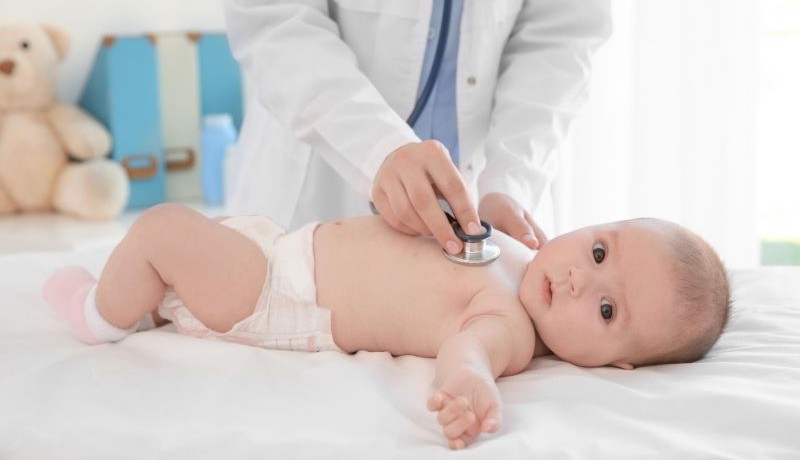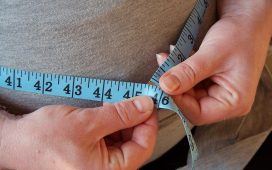Neurodevelopmental assessments at corrected age of 3 to 4 months can reliably predict cerebral palsy and its severity
By Elana Gotkine HealthDay Reporter
TUESDAY, May 7, 2024 (HealthDay News) — Early neurodevelopmental assessments can predict cerebral palsy and its severity, according to a study published online May 6 in JAMA Network Open to coincide with the annual meeting of the Pediatric Academic Societies, held from May 2 to 6 in Toronto.
Abdul Razak, M.D., from Monash University in Melbourne, Australia, and colleagues conducted a diagnostic study to examine the effectiveness of early neurodevelopmental assessments at 3 to 4 months corrected age in identifying neurodevelopmental impairments. Participants were extremely preterm infants born at less than 28 weeks of gestation, extremely low birth-weight infants <1,000 g, and term encephalopathic infants; 116 infants were included.
The researchers found that the diagnosis of early cerebral palsy or high risk for cerebral palsy had a sensitivity and specificity of 92 and 84 percent, respectively, for predicting cerebral palsy, and 100 and 80 percent, respectively, for predicting moderate-to-severe cerebral palsy; accuracy of diagnosis was 85 and 81 percent, respectively, for predicting cerebral palsy and moderate-to-severe cerebral palsy. The absence of fidgety movements had an accuracy of 81 percent for predicting cerebral palsy, while Hammersmith Infant Neurological Examination (HINE) scores had good discrimination for prediction of cerebral palsy, with an area under the curve of 0.88. For cognitive impairment, predictive accuracy was 44 and 45 percent for a diagnosis of early cerebral palsy or high risk for cerebral palsy and the absence of fidgety movements, respectively. HINE scores also had poor discriminatory power for predicting cognitive impairment (area under the curve, 0.62).
“This emphasizes the crucial role of integrating these assessments into clinical practice, enabling early interventions with the potential to influence the progression of the disease,” the authors write.
Copyright © 2024 HealthDay. All rights reserved.








